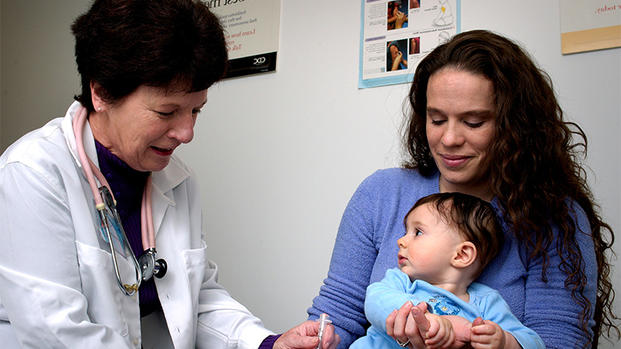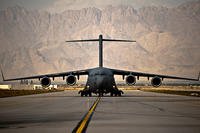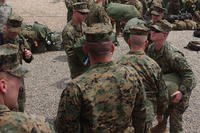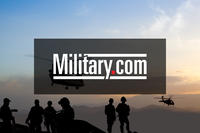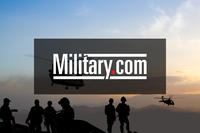Starting in late May, Tricare will allow many of their users to access urgent care two times each year without a referral. That's big news for a system that had previously been so problematic that many Tricare beneficiaries chose to turn to emergency rooms for help before they dealt with getting in to an urgent care.
Since this news story went live yesterday morning, I've received a ton of questions from Tricare users eager to take advantage of a program that will make their lives easier. And so I bring you ...
Tricare Urgent Care Pilot Program: Your Big Questions Answered
How do things work now? Right now, if you are on Tricare Prime, you must get a referral authorization to go to Urgent Care. If you are seen at a Military Treatment Facility (MTF), you can potentially get one through the Tricare nurse advice line, although they won't always give you one. If you are seen outside an MTF, you need your doctor's office to process a referral number. If they are closed? Good luck.
That means many Tricare Prime users end up hitting an emergency room for big sicknesses that don't qualify as actual emergencies (think terrible ear infections, flu, etc.) but really need to be treated before their doctor has an appointment available.
What does the pilot program do? The new program allows some Tricare users to hit up urgent care without a referral two times each fiscal year (so that means the clock resets October 1). Glory be.
What do you mean "some Tricare users?" The people who are impacted by this are the people who have to deal with the referral system. That means Tricare Prime, Tricare Prime Remote, Tricare Young Adult. Everyone else -- Standard people and Tricare Reserve Select, for example -- currently does not need a referral. So they aren't a part of this.
What about Tricare users overseas? This impacts you ... sort of. Right now nothing will change for when you're overseas. But when you're traveling stateside you will now be able to visit urgent care and, unlike everyone else, you won't have a cap on the number of times you can go.
Does this mean I can go to any urgent care? Sadly, no. According to the policy documents, you'll need to go to an in-network urgent care to take advantage of this. You can find one by visiting Tricare's site or giving your regional contractor (North, South, etc.) a call.
Are these two visits per person, or per family? Per person! Thank goodness.
Why only two? We don't know why Tricare picked that number. The pilot is ordered by Congress in an attempt to demonstrate that letting people easily access urgent care cuts down on costs by keeping them out of the more expensive emergency room system. Military family watchdogs say they think allowing more like six or eight visits would have better demonstrated the potential benefits. My guess? The cap is likely due to predicted costs -- most things are.
What happens after I use my two visits? The regional Tricare contractors (Humana, etc.) are supposed to keep track of your freebie visits. If you've used yours up and visited a urgent care without a referral anyway, they will probably deny payment to that facility and you will get a bill in the mail. There aren't a lot of details, yet, on how that part of the process will work.
So you're saying we're trusting Tricare to keep this whole thing straight? Yup. I know, that sounds like a recipe for getting incorrectly charged. I suggest still trying to get a referral when possible and keeping careful documentation of those trips.
